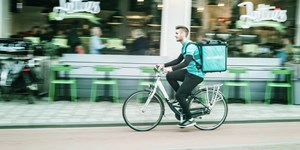Well-informed policy decisions must be based on reliable information derived from the system of general registries and records. The Basic Subsurface Registry (abbreviated as BRO in Dutch), is indispensable when it comes to future-proofing our country, as are the other basic registries. The BRO consists of all the information about the Dutch subsurface collected by groundwater wells, drilling and Cone Penetration Tests under the responsibility of the government. This information is supplied by source holders, which are administrative bodies such as municipalities, provinces, water boards, the Ministry of Economic Affairs and Climate and executive organizations such as the Directorate General for Public Works and Water Management (Rijkswaterstaat/RWS).






